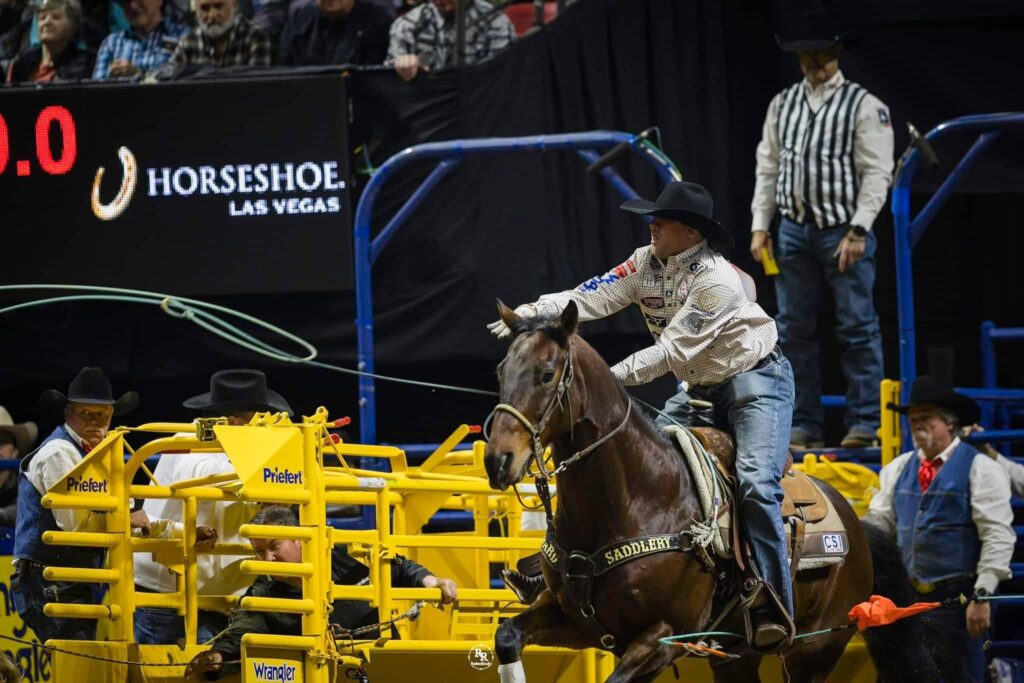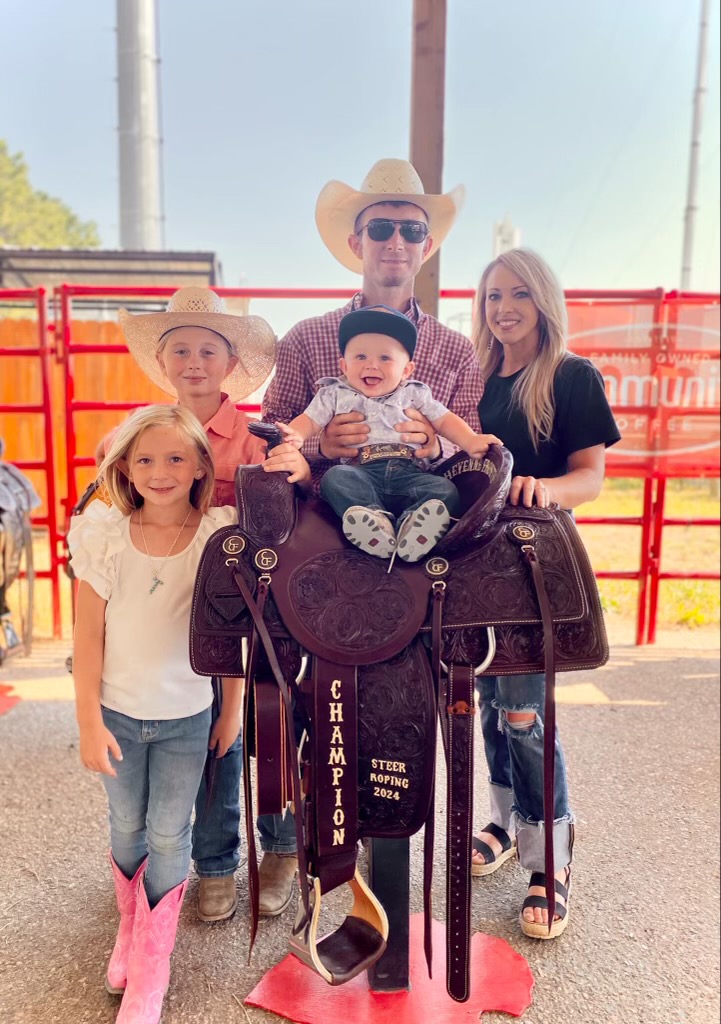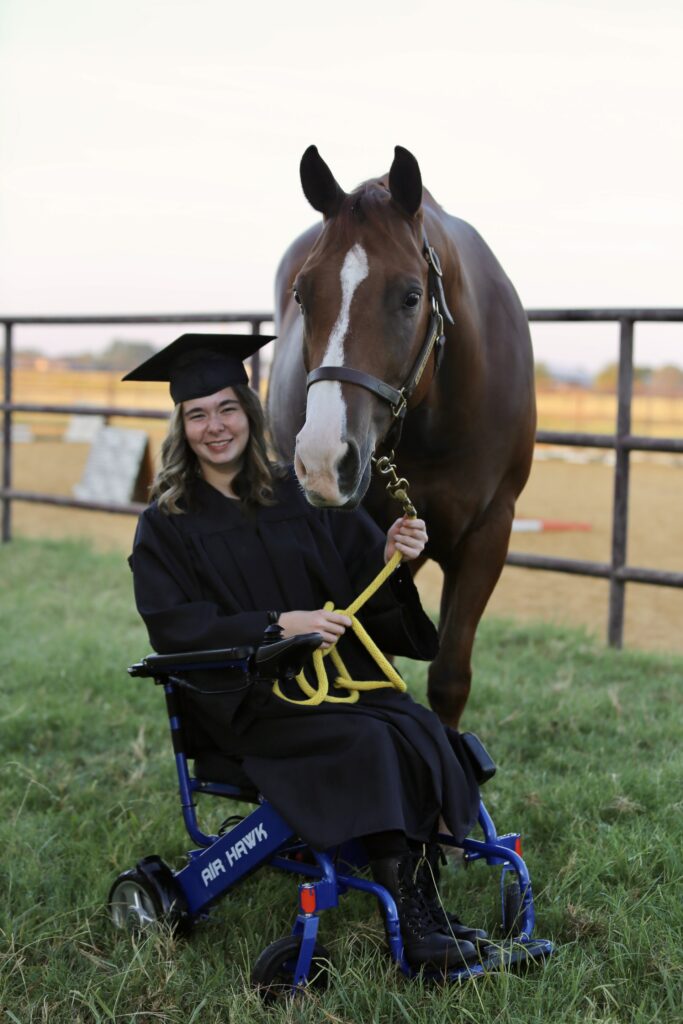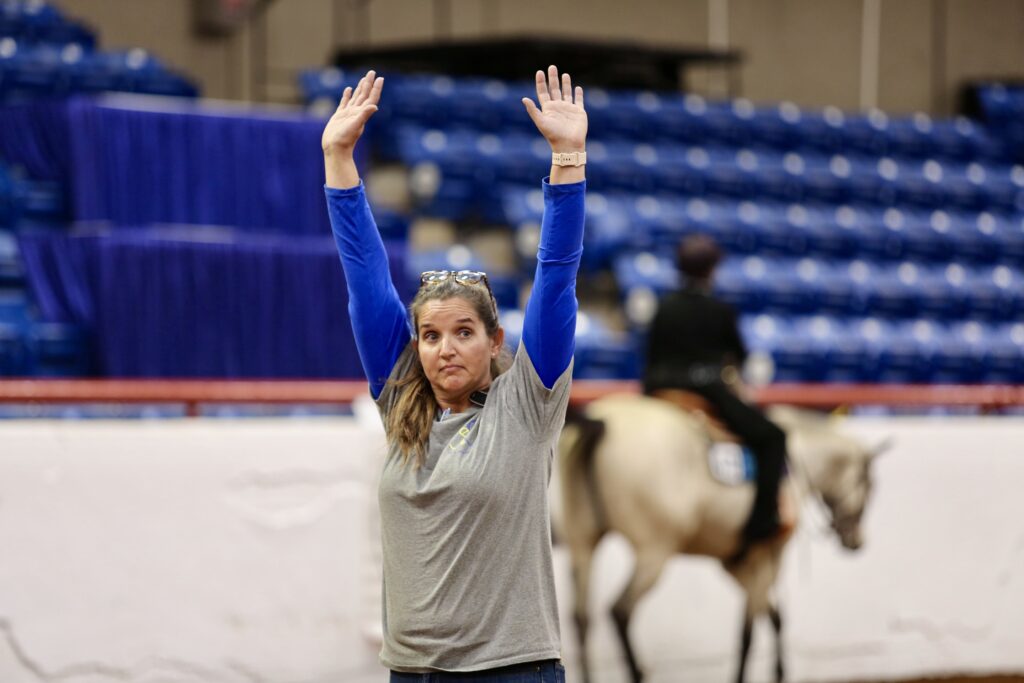Equine
Safe and efficient stall designs and materials for you horse

With the numerous stall designs and materials available today, making a decision on which will be the safest and most effective for your equine may seem difficult.
When it comes to making this informed decision, the best fencing to use is dependent on several factors, including size of the horses, size of the property, number of horses, and whether they are enclosed as a group or separately.
“For example, minis could be housed safely in a much shorter fence than Warmbloods,” said Dr. Leslie Easterwood, assistant clinical professor at the Texas A&M College of Veterinary Medicine and Biomedical Sciences.
“The safest fence is one that keeps the horses from being able to stick their feet or heads through the fence, is tall enough to discourage jumping over, and does not have other horses directly across the fence.”
Wood or synthetic materials are safe to use for plank fences but may become dangerous if they splinter or impale the horse when dislodged.
“Electric wires and tapes can be utilized in an attempt to keep horses away from the fences, but are not always effective if they ‘ground out’ or the charger is not operational,” said Dr. Easterwood.
These can be quite effective, but as with any fence, they require regular maintenance to ensure that they are operational.
Many owners choose either a mesh or slick wire fence, while others prefer barbed wire. This decision must be based on numerous factors, such as the number of horses within the enclosure, or if kept separated, the proximity they are to each other.
“For example, it would not be a good idea to choose a three-strand barbed wire fence if your horses will be housed across the fence from each other,” said Dr. Easterwood.
“They will generally approach each other across the fence, strike at each other with their front feet and cause a heel bulb laceration that can be quite serious and even fatal in some cases.”
But on the other hand, barbed-wire fences for very large pastures with no horses across the fences to encourage engagement near the fence could be quite safe.
“Some factors to always consider are the type of horses, number of horses on the property, number that will be housed together, finances (as some fencing options are cheaper or more expensive than others), and safety of materials,” said Dr. Easterwood.
While you’re deciding which fencing will be the safest and most effective for your horses, keep in mind that any material can be made safe if designed and built properly to prevent injury in your specific situation. There is no clear answer as to what enclosure type is best or safe for every environment; it is entirely dependent on these many different factors.
Pet Talk is a service of the College of Veterinary Medicine & Biomedical Sciences, Texas A&M University. Stories can be viewed on the Web at vetmed.tamu.edu/pettalk. Suggestions for future topics may be directed to [email protected]. More news about Texas A&M University. Follow us on Twitter.
Equine
AQHA Horse of the Year

By Krista Lucas Wynn
Each year, when the professional rodeo season wraps on Sept. 30, the Professional Rodeo Cowboys Association and Women’s Professional Rodeo Association announce the Nutrena Horse of the Year, presented by the American Quarter Horse Association, in each event. This is a prestigious award, voted on by the members of the associations. To be named Horse of the Year by fellow competitors is a high honor only a few achieve.
To read more, pick up a copy of the November edition of North Texas Farm & Ranch magazine, available digitally and in print. To subscribe by mail, call 940-872-5922.

Equine
Tuff Enough: Tuff Hardman Wins Big At Cheyenne Frontier Days

By: Krista Lucas Wynn | Copy Editor
The name, “Daddy of ’em All,” instantly brings to mind the world’s largest outdoor rodeo and western celebration. Cowboys and cowgirls from all across the country dream of competing on the iconic Cheyenne arena dirt.
Every July, pro rodeo contestants travel to Cheyenne, Wyom. to vie for the title of champion of the Cheyenne Frontier Days. The rodeo is steeped in western tradition and celebrated the 125th year this summer. With nearly two weeks of rodeo action, fans watched bareback riding, calf roping, breakaway roping, saddle bronc riding, team roping, steer wrestling, barrel racing, bull riding, and steer roping.
Steer roper, Tuff Hardman, knew winning “the Dad” was a tall order, but with a good horse and a few prayers he left no doubt who the best steer roper at Cheyenne was when it was all said and done. After two rounds, Hardman qualified back for the finals tied for ninth place with a time of 30.8 seconds.
To read more, pick up a copy of the September issue of NTFR magazine. To subscribe by mail, call 940-872-5922.



Country Lifestyles
Mandy Cleveland & Stable Strides Farm

Utilizing the horse to human connection.
By: Hannah Claxton | Editor
Deep in the heart of Texas, both humans and horses at Stable Strides Farm in Pilot Point, Texas aer demonstrating just how big their hearts really are. Founded by Mandy Cleveland in 2001, Stable Strides Farm serves dozens of Equestrians with Disabilities and Veterans each week.
Deep in the heart of Texas, both humans and horses at Stable Strides Farm in Pilot Point, Texas aer demonstrating just how big their hearts really are. Founded by Mandy Cleveland in 2001, Stable Strides Farm serves dozens of Equestrians with Disabilities and Veterans each week.
“My boys have been riding since they were 18 months old, and for the first 17 years they had a leader and sidewalker. When we moved here, and Mandy started teaching them, she just said, ‘Let’s see what they can do,’ and they ride independently now,” Danielle Frank explained, whose two sons, Adison and Aiden, ride with Stable Strides Farm. “Mandy is amazing beucase she doesn’t place any limits on them, she always wants to see what they can do.”
It is her dedication to never setting limits that earned Cleveland a spot as a national finalist for the NSBA 2024 Dianne Eppers Cowgirls Reaching-Out-to-Community Award. The award was established by the NSBA Foundation to recognize cowgirls across the industry for their selfless contributions to the equestrian community.
To read more, pick up a copy of the September issue of the NTFR magazine. To subscribe by mail, call 940-872-5922.
(Photos Courtesy of Hannah Claxton)







-

 Country Lifestyles2 years ago
Country Lifestyles2 years agoScott & Stacey Schumacher: A Growth Mindset
-

 Country Lifestyles8 years ago
Country Lifestyles8 years agoStyle Your Profile – What your style cowboy hat says about you and new trends in 2017
-

 HOME8 years ago
HOME8 years agoGrazing North Texas – Wilman Lovegrass
-

 Outdoor10 years ago
Outdoor10 years agoButtercup or Primrose?
-

 Country Lifestyles5 years ago
Country Lifestyles5 years agoAmber Crawford, Breakaway Roper
-

 Equine1 year ago
Equine1 year agoThe Will to Win
-

 Country Lifestyles9 years ago
Country Lifestyles9 years agoJune 2016 Profile – The man behind the mic: Bob Tallman
-

 Country Lifestyles8 years ago
Country Lifestyles8 years agoDecember 2016 Profile, Rusty Riddle – The Riddle Way




